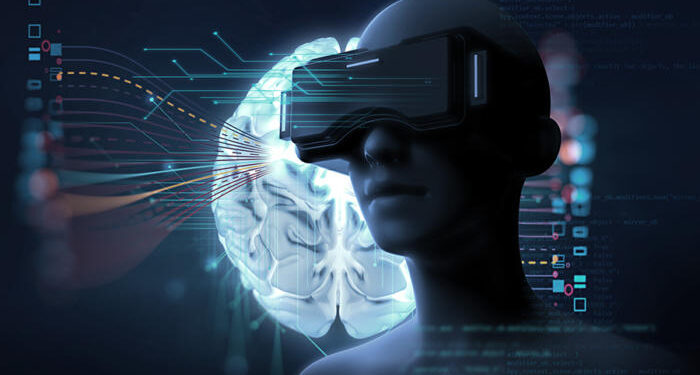A virtual reality environment is a 3D simulation that offers the user a unique interactive experience. Every user chooses an unconventional and incredibly realistic technological experience. Although the experience is enhanced by hardware, this is made possible by a number of superb VR software development tools that operate in the background.
Virtual reality motion sickness is often attributed to the fact that users wear VR equipment to simulate an interactive VR game or experience. Virtual reality is losing ground to augmented and mixed reality. VR, AR, and other technologies are being incorporated into interactive experiences in modern gaming. Virtual reality software development can only go so far without the greatest VR development tools available. There are numerous VR developer tools available to creators today. The top 10 most cutting-edge virtual reality software development tools will be listed below in 2023:
- Unity
Strong VR games like Pokemon Go and many more are made using Unity, a top VR creation engine. It is a cross-platform tool for developing VR content that works with PC, console, mobile, and web platforms. Developers can design sophisticated VR system apps that function with a variety of VR headsets by employing high-fidelity visuals. It is a strong tool and a great option for implementing an immersive VE experience.
2. Blender
Many users utilise Blender, a strong 3D software package that is free and open-source, to create VR content. It includes Blender 2.80, the most latest version, which is exceptionally user-friendly and integrated with quality-level features. This programme enables developers to create strong virtual reality apps as well as high-quality animation content and visual effects. Because it makes it simple for them to test and export, Blender is the ideal software development tool for game creators to create VR applications.
- Maya
Virtual reality (VR) experiences can be made using Maya, a specialised tool for creating 3D animation and modelling. Models, animations, and environments can all be produced using Maya, an Autodesk 3D animation application. This programme offers 3D model dynamic modification and development for its VR experiences, resulting in exceptional effects and realistic animations.
4. Unreal Engine
The potent Unreal Engine offers a full set of developer tools as well as support for VR. A wide number of sectors, including gaming, film, architecture, automotive and transportation, broadcasting, and AR/VR simulation, benefit greatly from the Unreal Engine. Innovative aesthetics, a rich entertainment experience, and immersive virtual worlds can all be created with no restrictions.
5. A-Frame
The three.js JavaScript library, which enables VR applications to run in web browsers, is used in this open-source web framework to build three-dimensional virtual reality (VR) experiences. A-Frame allows for the use of the VR experience across a wider range of web browsers. It is a simple-to-use VR development tool that enables programmers to design 3D images using HTML tags and build strong VR sceneries.
- VRTK
A number of Unity scripts are included in the virtual reality toolkit (VRTK) to offer reliable solutions to issues that may arise during the development stage. There are several different functionalities included, including basic interactions, teleportation, and object manipulation. Developers can alter the functionality of that toolkit in addition to the SDK’s offered APIs to suit their unique requirements.
7. OpenVR
Between VR hardware and software, OpenVR acts as an abstraction layer through its application programming interface (API). Although it can be used independently, this programme is intimately tied to SteamVR because it acts as an API for it. Developers may connect OpenVR with a variety of VR software and applications because it is compatible with a wide range of VR hardware devices.
- Sumerian Amazon
A platform for creating and deploying high-quality virtual reality (VR) experiences, including as 3D animation, reliable simulations, and extremely interactive settings, is called Amazon Sumerian. This technology is very helpful for developing immersive, highly interactive VR experiences that integrate multiple domains, such as gaming, education, and training. - echoAR: This augmented and virtual reality (AR/VR) cloud platform acts as a server-side infrastructure to swiftly create three-dimensional apps that are ready for the market. For the purpose of producing and hosting 3D content for both online and mobile platforms, echoAR offers developers a range of tools and services. This makes a number of features possible, like drag-and-drop editors and APIs on the web.
- Eyeware Beam Head and Eye Tracking Software Development Kit
Using computer vision and machine learning methods, Eyeware Beam’s software development kit (SDK) enables developers to include gaze-based interactions into their apps. To operate the user interface, modify the display, or carry out other tasks, this tool delivers precise and accurate gaze data in real-time.









